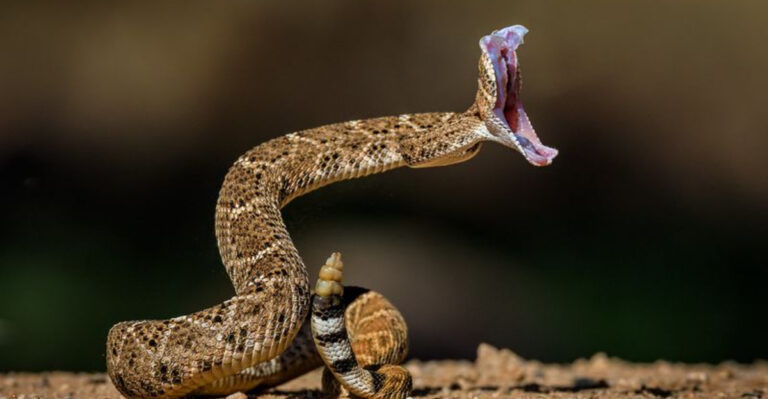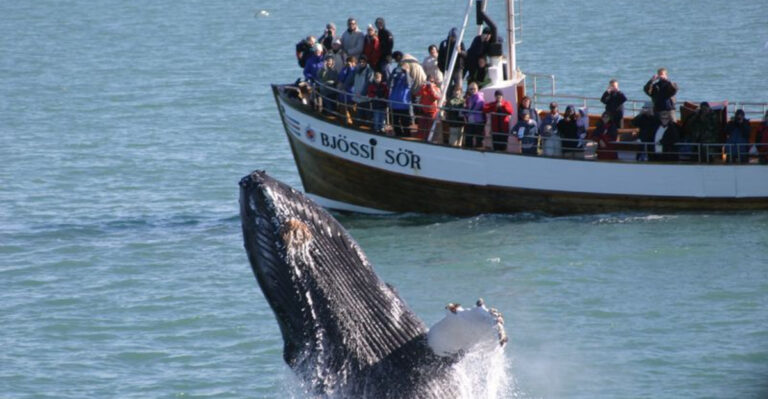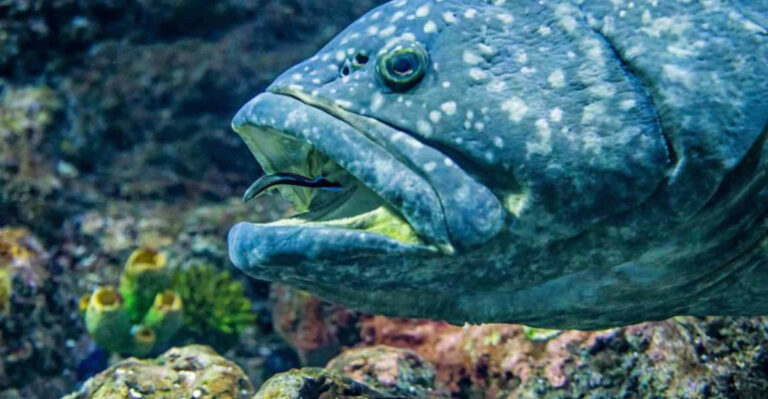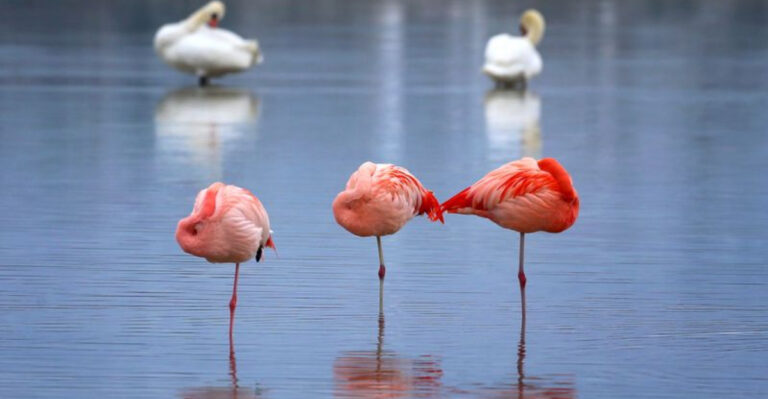Scientists Uncover Surprising Ways Birds Are Adapting To Climate Change
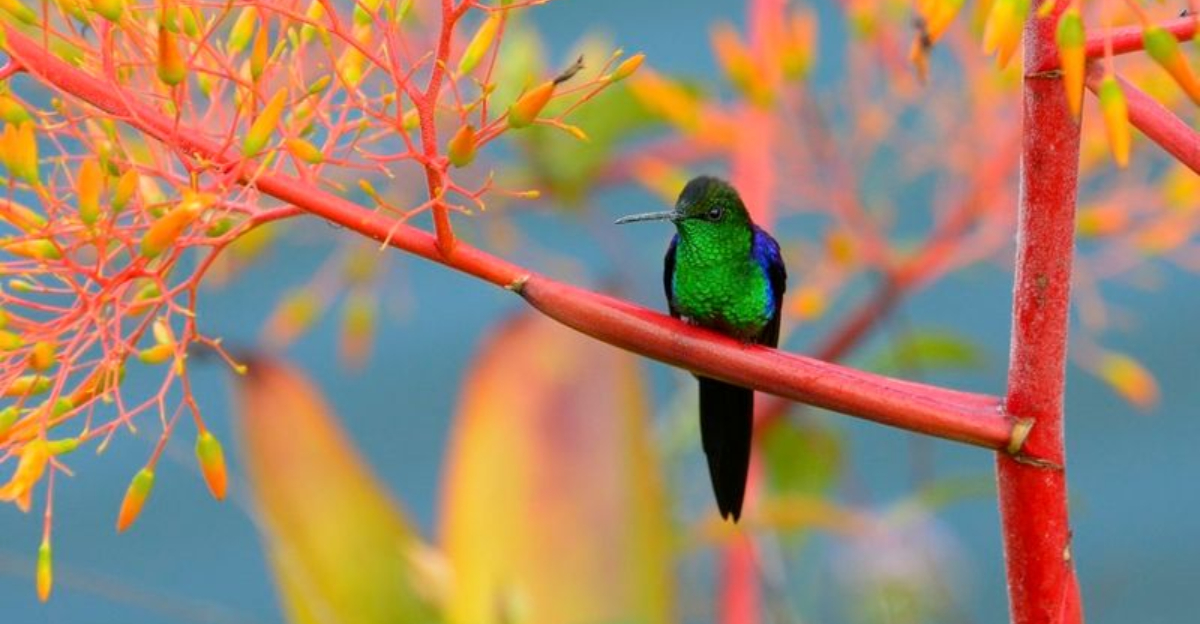
Our feathered friends are facing unprecedented challenges as Earth’s climate rapidly changes. Birds worldwide are developing remarkable strategies to survive in environments that barely resemble their ancestral homes.
Recent studies have revealed fascinating insights into how different bird species are responding to warming temperatures, shifting seasons, and habitat disruption.
1. Scientists Studied 7,500 Bird Species To Track Climate Response
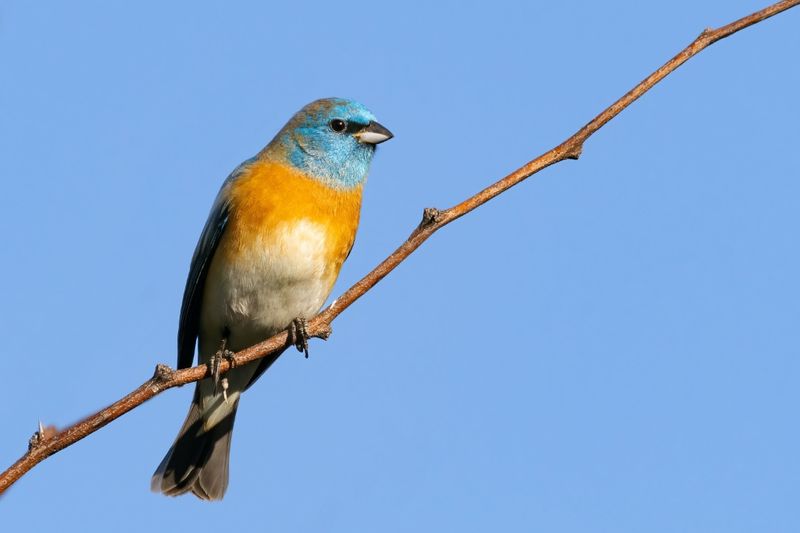
A massive global research initiative has revealed surprising patterns in how birds react to our changing planet. The study focused specifically on non-migratory species, which can’t simply fly away when conditions worsen.
By analyzing decades of population data across six continents, researchers identified which traits help birds survive unpredictable weather patterns. The findings challenge previous assumptions about which species might thrive in our warming world.
2. Short-Lived Birds Adapt Better To Seasonal Extremes
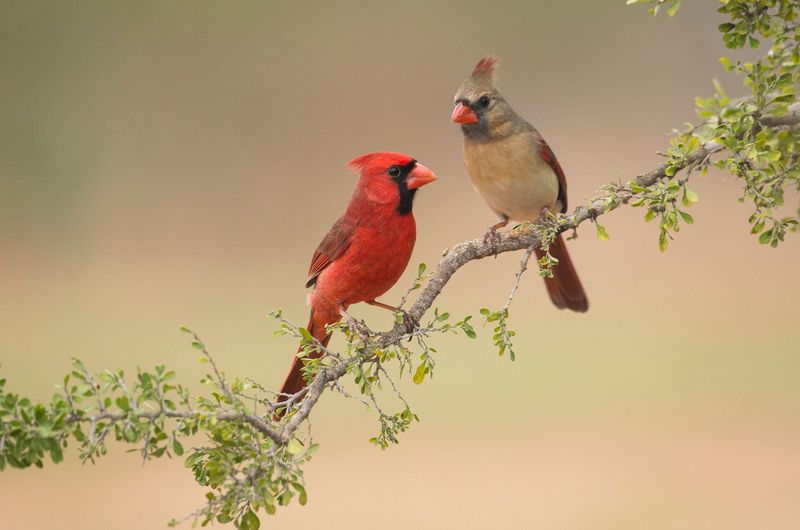
Northern cardinals exemplify the fast-living strategy that’s proving surprisingly effective amid climate chaos. Unlike their longer-lived cousins, these birds reproduce quickly and frequently during brief favorable periods.
When spring arrives earlier or winter lingers unexpectedly, cardinals simply adjust their breeding schedule. Their flexible approach allows populations to bounce back rapidly after weather disasters that might devastate other species with more rigid reproductive patterns.
3. Long-Lived Birds Reproduce Slowly And Struggle To Keep Up
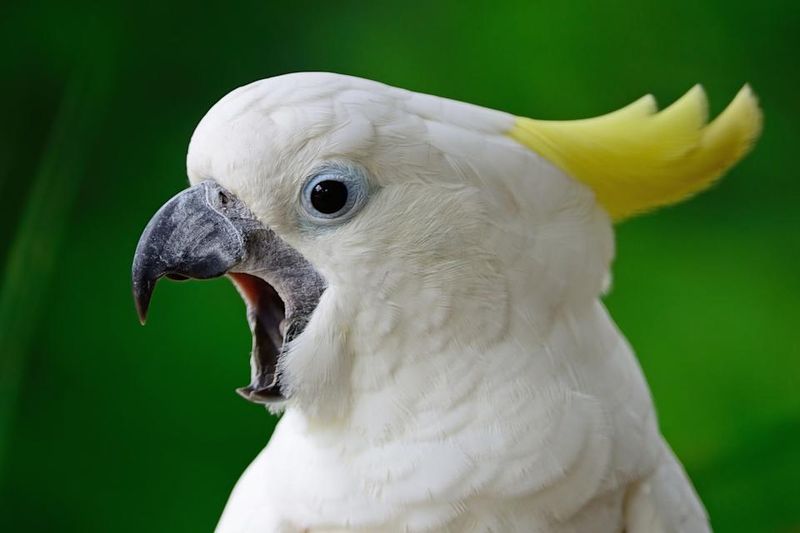
Sulfur-crested cockatoos can live for 70+ years in the wild, a strategy that worked beautifully in stable environments. Their approach—few offspring with intensive parental care—evolved during predictable climate periods.
Today’s rapidly shifting conditions expose the weakness in this strategy. When habitat destruction combines with climate change, these birds can’t reproduce quickly enough to offset losses. Their population recovery takes decades even under ideal circumstances.
4. Life History Strategies Are Being Tested By Global Warming
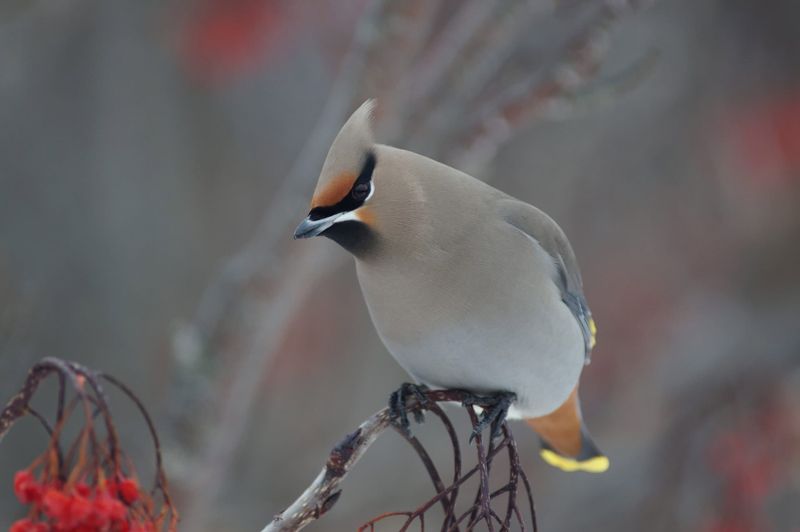
Evolutionary biologists are witnessing a real-time experiment as climate change puts pressure on birds’ survival tactics. Species that evolved during Earth’s relatively stable Holocene period now face conditions changing 10-100 times faster than their adaptive capacity.
The most successful birds show behavioral flexibility—adjusting nesting times, finding new food sources, or tolerating temperature extremes. Unfortunately, many specialized species lack this adaptability and face declining numbers.
5. Climate Change Is Reshaping Bird Habitats Worldwide

From tropical rainforests to Arctic tundra, avian habitats are transforming faster than ever recorded. Forests that once provided reliable nesting sites now regularly burn or flood. Desert areas grow hotter and drier, while coastal regions face rising seas.
Birds that once thrived in specialized niches find their homes unrecognizable. Alpine species retreat ever higher until they literally run out of mountain. Meanwhile, invasive competitors move into newly hospitable regions, further pressuring native birds.
6. Biodiversity Loss Isn’t Just About Wildlife
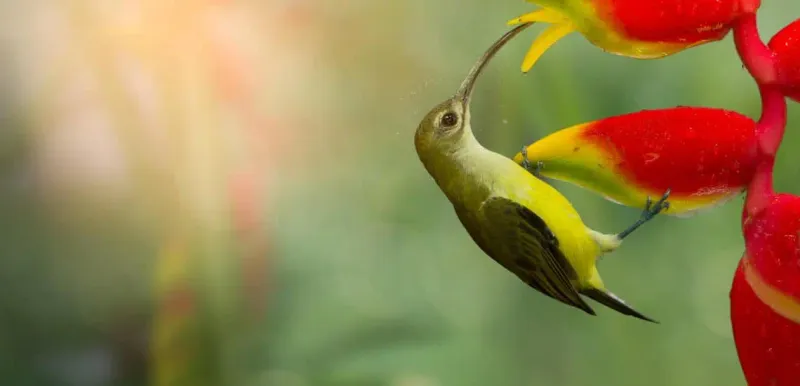
The quiet disappearance of bird species threatens human health in ways we’re just beginning to understand. Many modern pharmaceuticals trace their origins to compounds first discovered in plants and animals—including birds.
Medical researchers worry that extinction waves could eliminate species containing undiscovered treatments for cancer, antibiotic-resistant infections, and other diseases. The birds vanishing today might have held solutions to tomorrow’s health crises.
7. The Vulture Crisis In India Is A Warning Sign
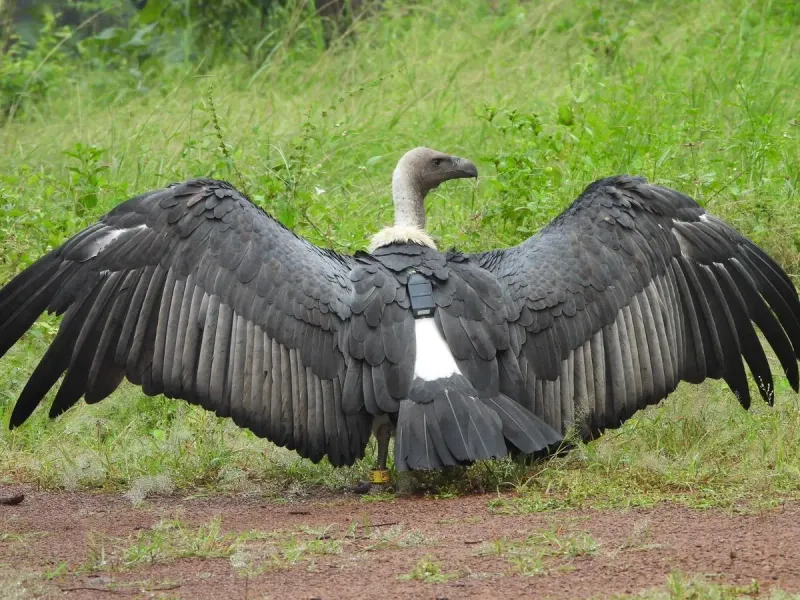
When India’s vulture population collapsed by 99% in the 1990s, few recognized the human consequences would be so severe. These birds had efficiently disposed of livestock carcasses for centuries, preventing disease spread.
Without vultures, rotting animals contaminated water supplies and feral dog populations exploded. The resulting rabies outbreak killed approximately 50,000 people. This catastrophe demonstrates how bird populations silently support human health systems we take for granted.
8. Birds Can’t Evolve Fast Enough To Keep Pace
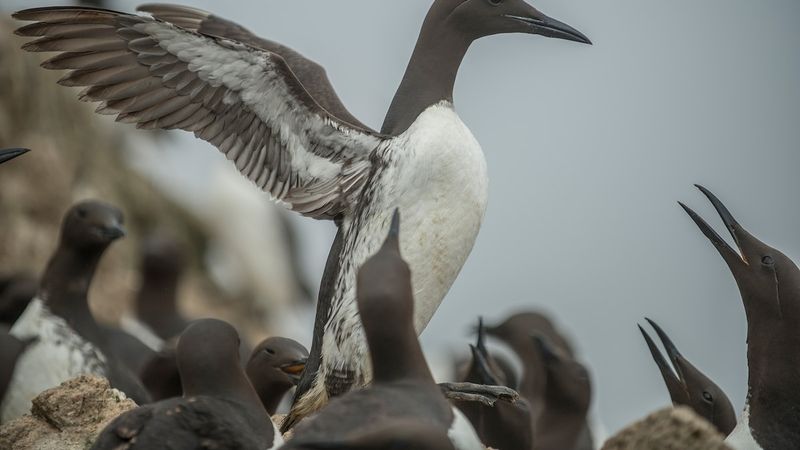
Natural selection typically works over thousands of generations—a timeframe birds simply don’t have. While minor adaptations appear quickly, major physiological changes require evolutionary timescales incompatible with our rapidly warming planet.
Even birds showing promising adaptations face limits. A warbler might adjust its migration timing but can’t evolve heat-resistant feathers overnight. The current pace of climate change simply outstrips the biological capacity for evolutionary response.
9. Government Action Is Starting To Pick Up
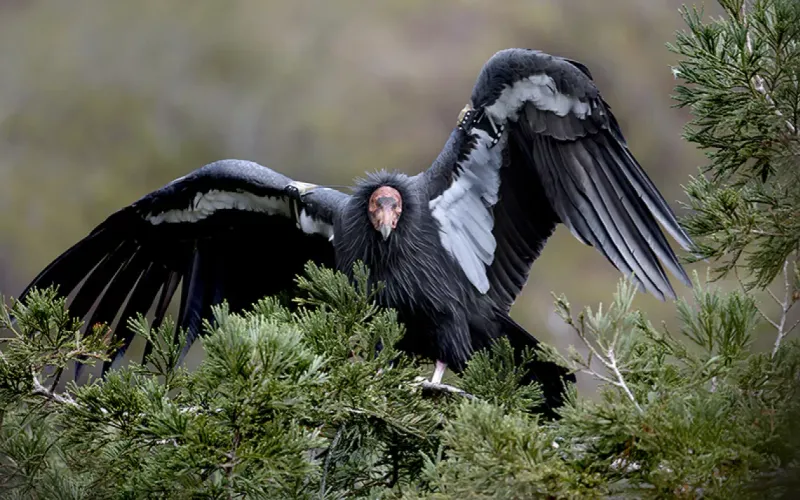
California’s Wildlife Movement Through Partnerships Act represents a new approach to bird conservation. Rather than focusing solely on protected areas, this legislation creates wildlife corridors connecting fragmented habitats.
These pathways allow birds to move as climate zones shift. Similar initiatives are emerging globally as policymakers recognize that static conservation boundaries won’t work in a changing climate. Birds need connected landscapes to find suitable conditions as their traditional territories become uninhabitable.
10. Brazil Plans To Restore The Amazon With Profitable Reforestation
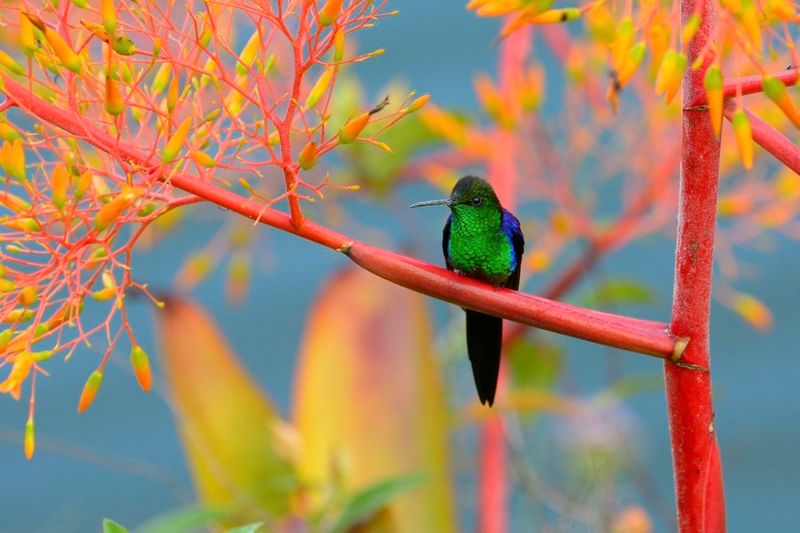
The Brazilian government has launched an innovative program combining bird habitat restoration with economic opportunity. Landowners receive financial incentives to replant native trees that support avian diversity while producing sustainable forest products.
This approach recognizes that bird conservation succeeds when human communities benefit too. Early results show promising increases in bird populations returning to restored areas. The initiative could become a model for other tropical regions facing similar challenges.
11. You Can Help By Planting Native Species At Home
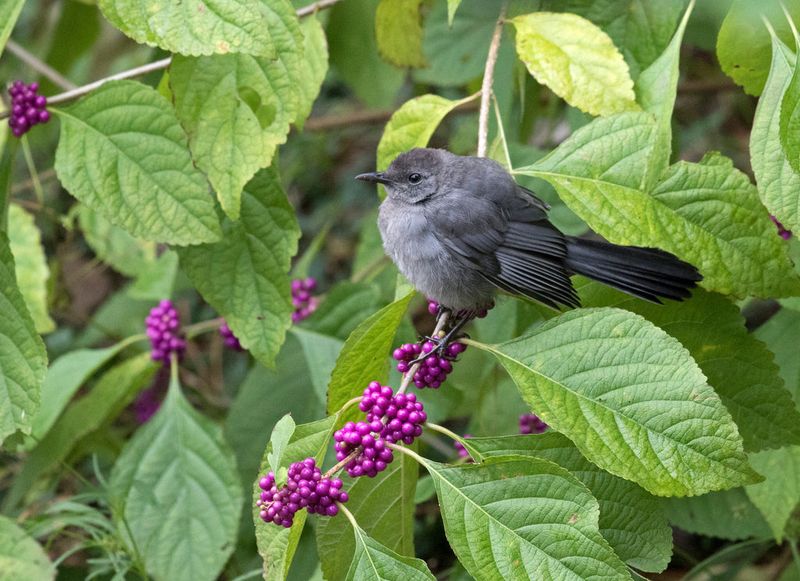
Your backyard could become a climate refuge for struggling birds. Native plants provide essential food and shelter for local bird species trying to adapt to changing conditions. Even small urban gardens make a difference when connected across neighborhoods.
A single oak tree supports hundreds of caterpillar species that feed nestlings. Native flowering plants provide reliable nectar sources for hummingbirds whose traditional blooming schedules have been disrupted by climate shifts.
12. Preserving Bird Life Helps Preserve Ours Too

Birds serve as nature’s early warning system for environmental threats. Their sensitivity to pollution, habitat changes, and climate shifts makes them excellent indicators of ecosystem health. When we protect birds, we’re really protecting the entire web of life that sustains human communities.
Healthy bird populations control agricultural pests, disperse seeds for forest regeneration, and maintain wetlands that filter water supplies. Their survival ultimately ensures our own.


